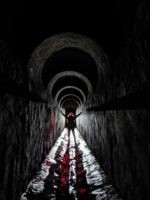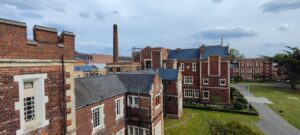Abandoned Wiltshire: Imber Village
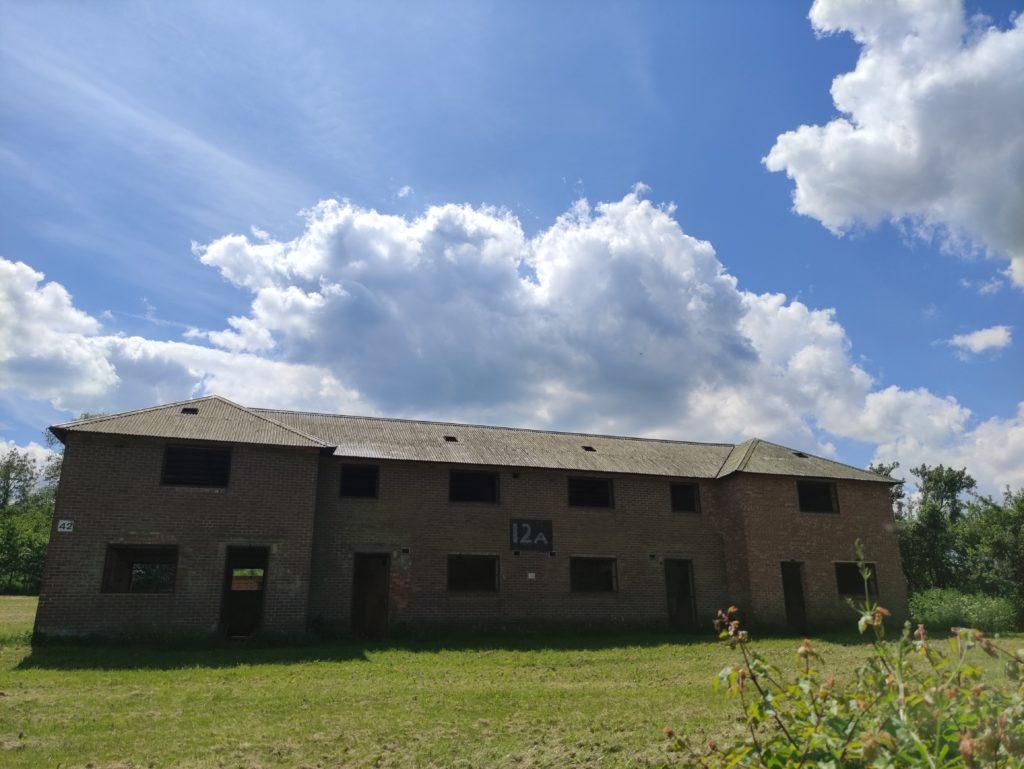
In 1943, with just 47 days notice, the residents of Imber village were told to pack up their lives and leave. Before WWII the Ministry of Defence bought the village and nearby farmland to create the largest military training ground in the UK. As the villagers were now tenants the Ministry of Defence could easily turf them out, enabling American troops to train in the land in preparation for the liberation of Europe. The villagers believed this eviction would only last until the end of the war but Imber is still used for military training today.

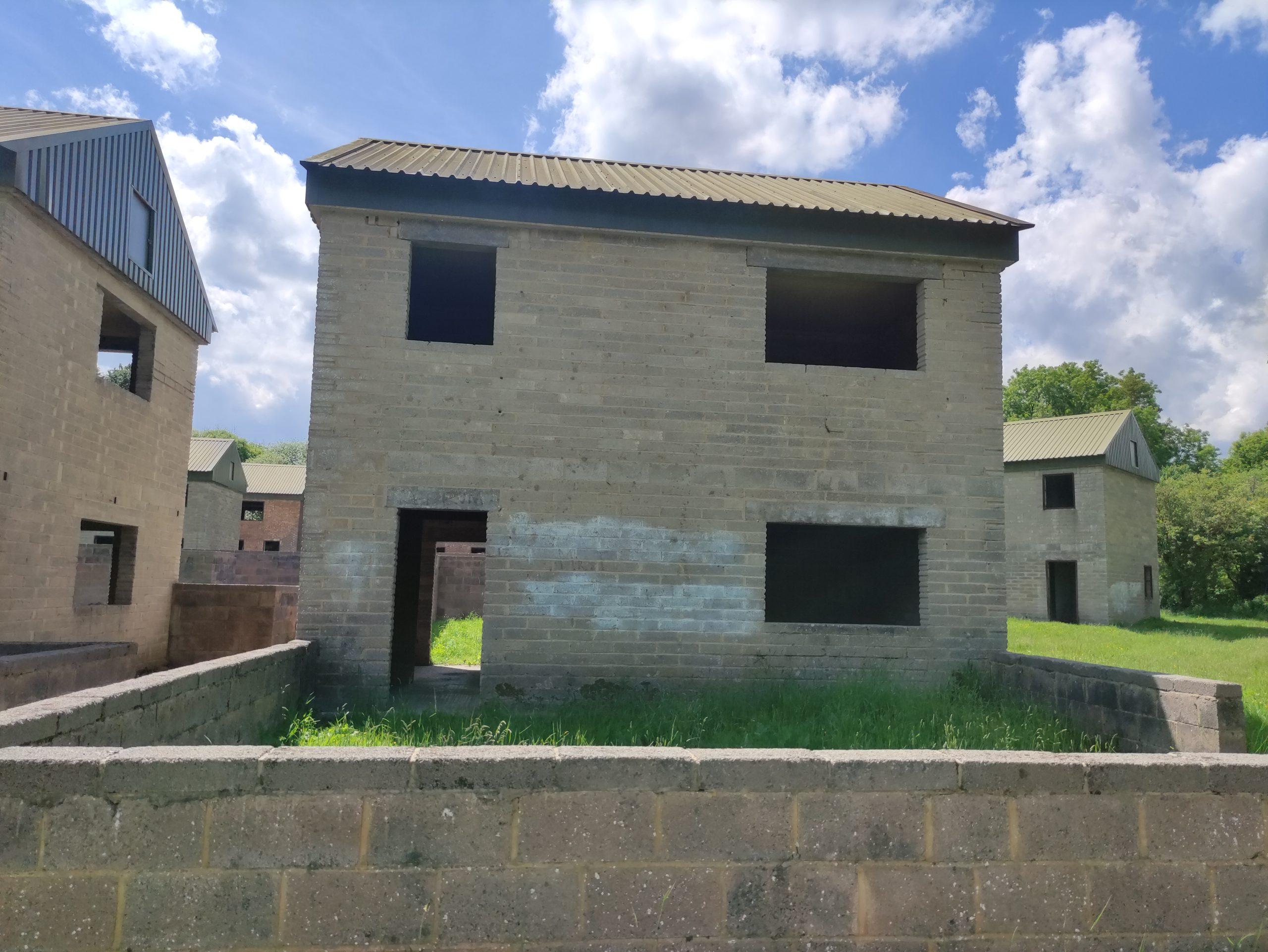
The War Department buys Imber
In 1897, the War Department first bought land on Salisbury Plain to use for military training. Within 5 years, they owned 43,000 acres of land. Imber village was bought between 1928 and 1932 but the villagers weren’t evacuated until 1943.
On the 13th April 1942, an RAF Hawker Hurricane was practicing for a firepower demonstration attended by Churchill. The Hawker Hurricane accidentally opened fire upon the crowd; killing 25 people and wounding 71. The event was blamed on human error and the weather.

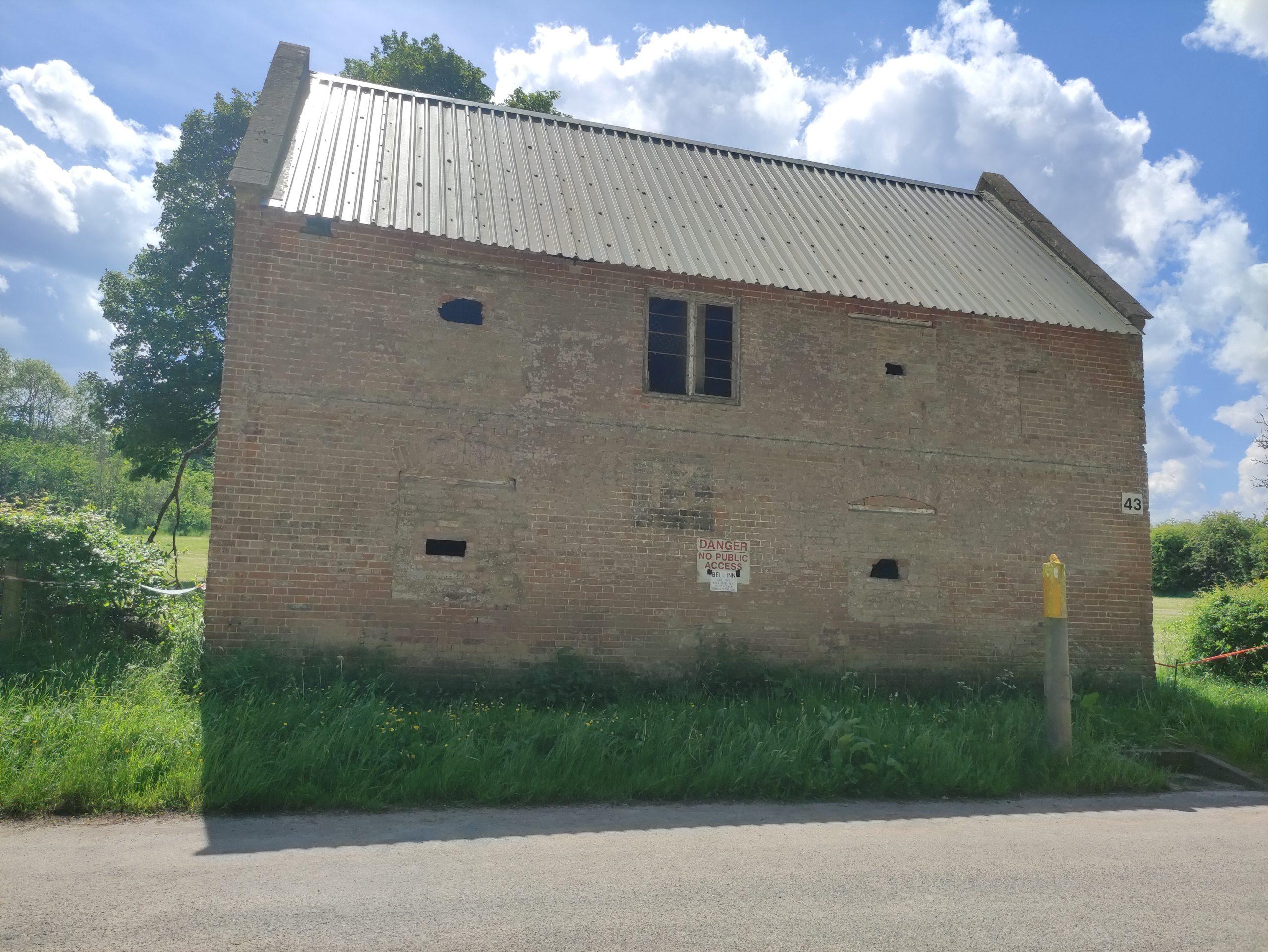
Evacuation
In November 1943, the 150 residents of Imber were gathered into the village schoolroom. They were informed that by the 17th December they had to leave Imber. American troops wanted to use Imber to train in hand-to-hand combat for the planned invasion of Normandy. The government gave the residents no option but to comply and move out of the village which had been home to many families for generations. The government offered to cover moving expenses, storing furniture and to reimburse villagers for any lost crops.

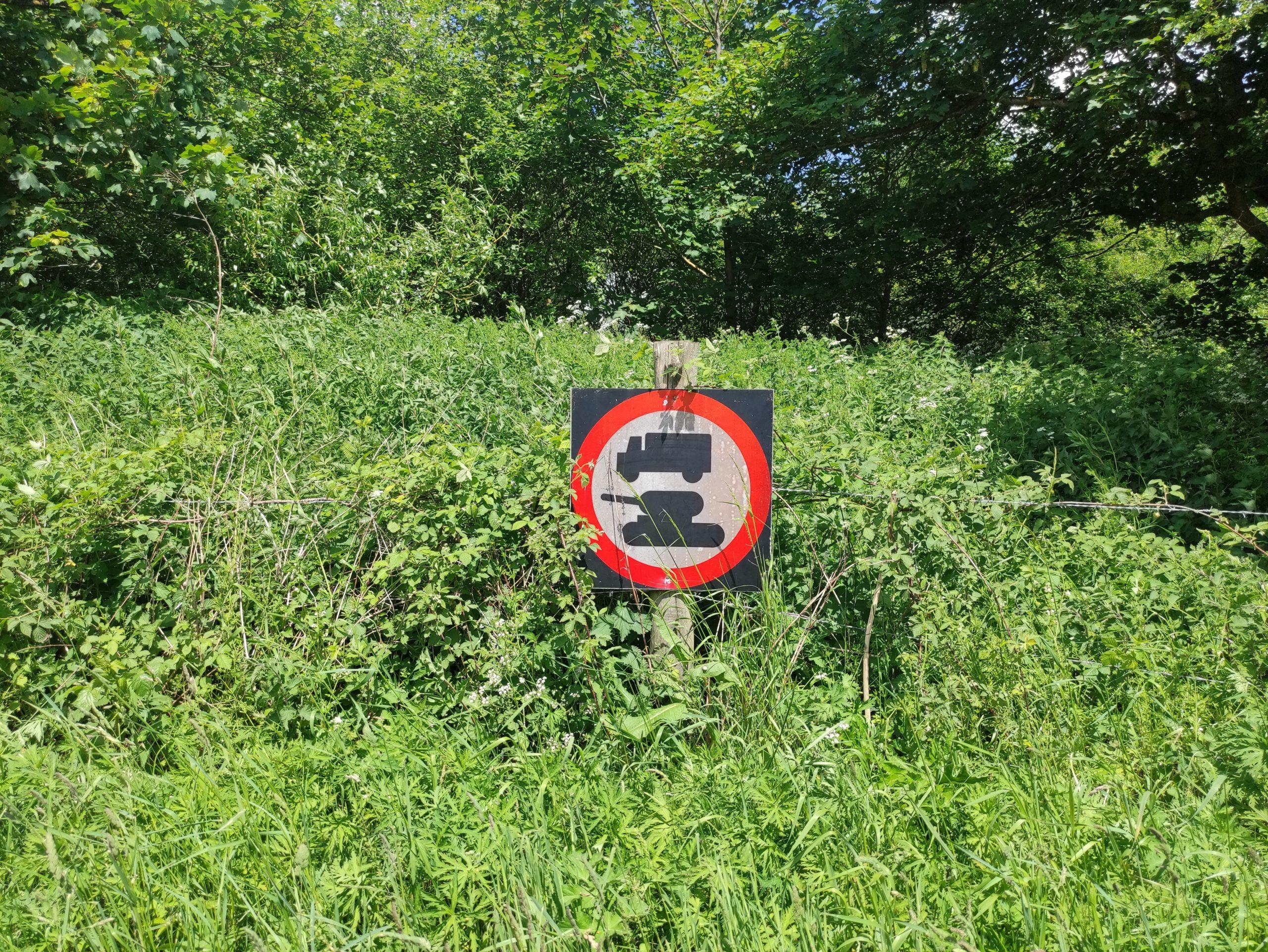
Albert Nash, Imber’s blacksmith is said to have died of a broken heart. It is believed that he was found slumped over his anvil on the day of evacuation and he died within a month. He is buried at the village church, St Giles.
However, the villagers were given hope. They were told that they could return to their homes after the war. This, and the national patriotic sentiment at the time meant that many villagers did not complain when they left their homes. Many left canned food behind along with other possessions.
Post WWII
After the end of WWII, residents believed that they would be able to go back to their homes. However the village continued to be used for military training. Imber was used for training for the British troops ready for the conflict in Northern Ireland. Many of the buildings in Imber have been damaged due to shell fire and explosions. They would not be suitable for habitation.
After outcry and protest from the former residents, the government has agreed to maintain St Giles’ church. The church is open the Saturday nearest to St Giles’ Day on 1st September each year.
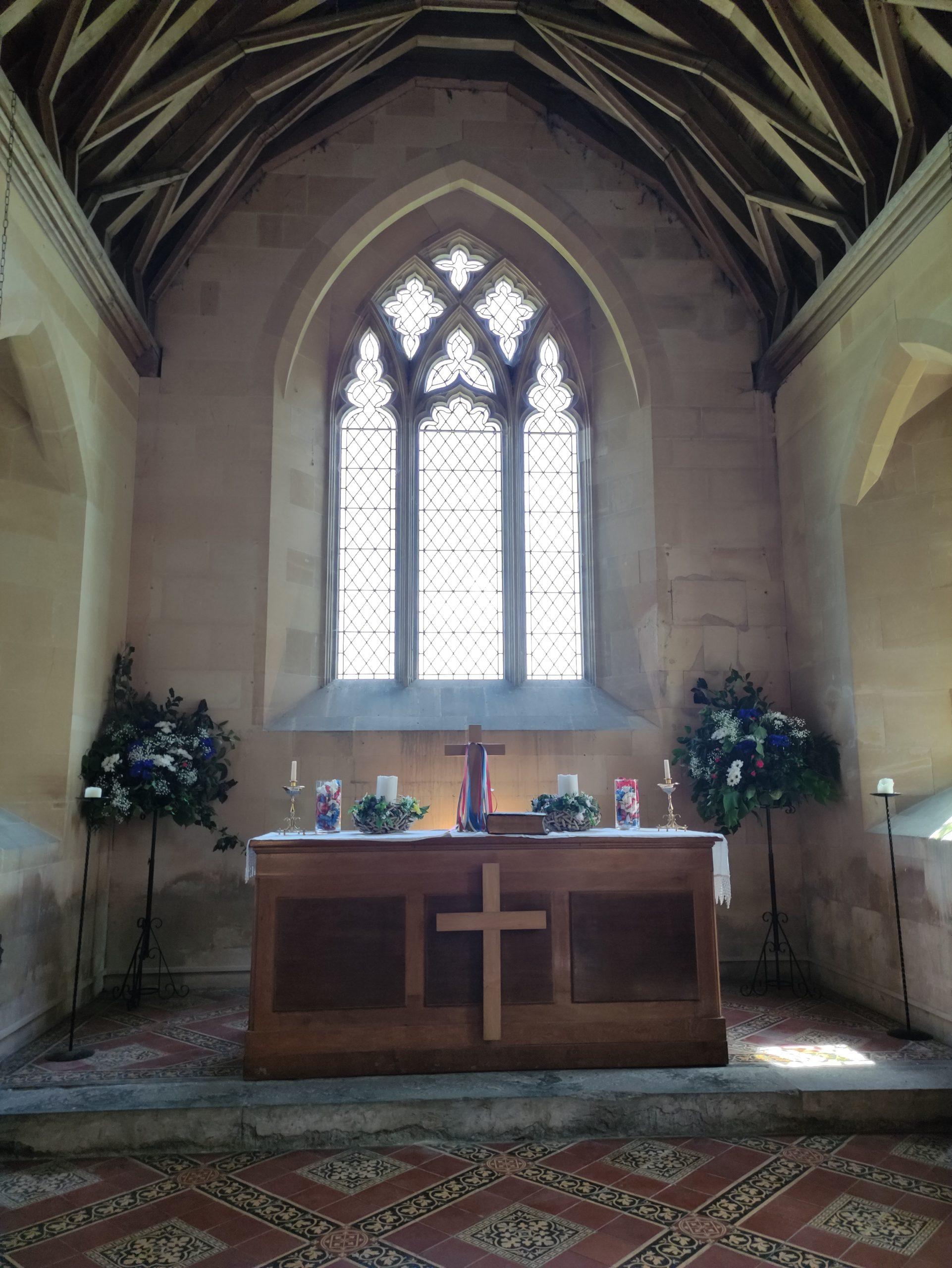
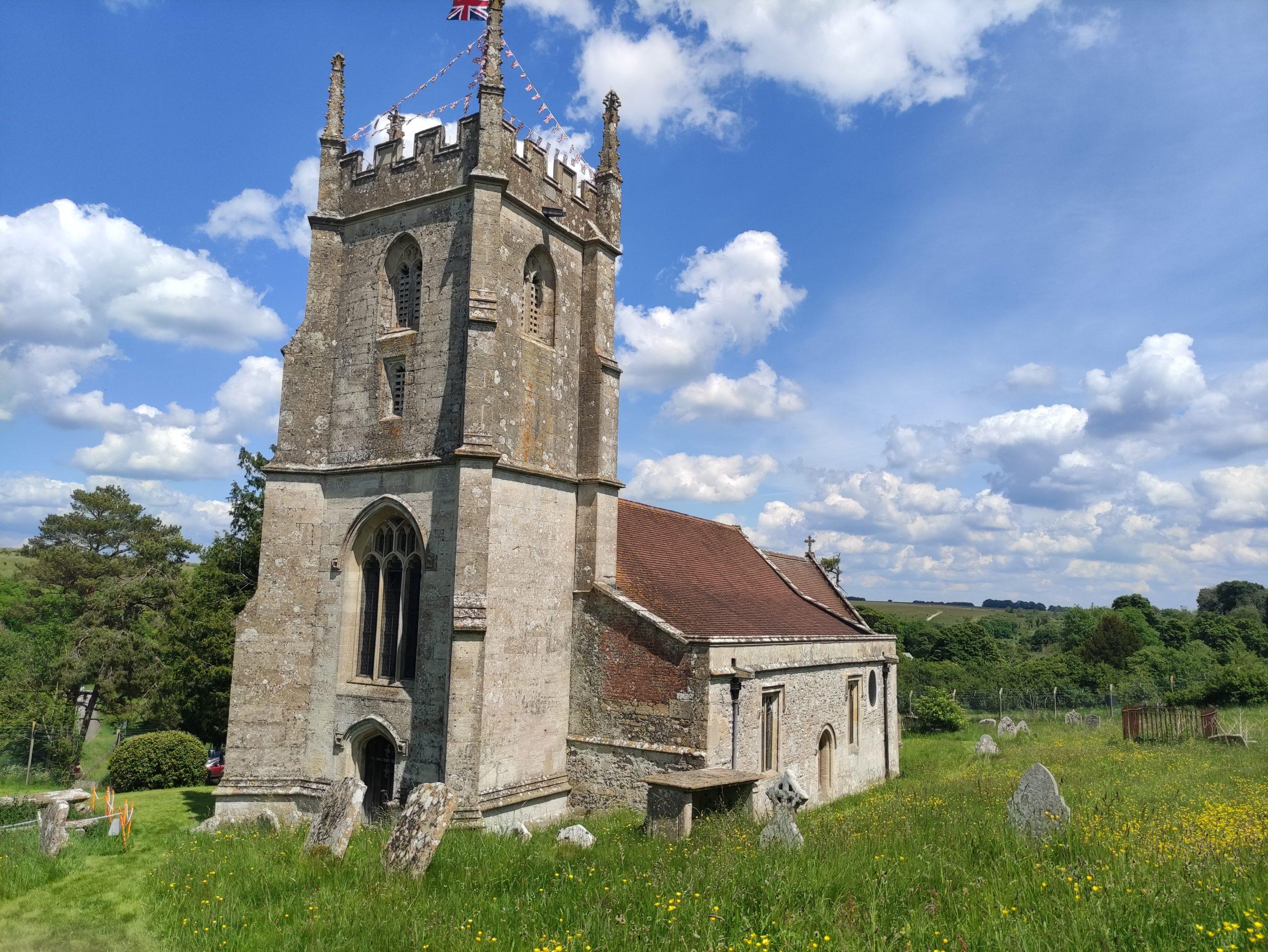
Visiting today
Visiting Imber is an eerie experience. It is open to the public for free on select Bank Holidays throughout the year, with permission from the Ministry of Defence. Salisbury Plain is the largest British military ground, and the drive to Imber felt exciting. This is a space that has a multitude of warning signs for miles around so gives non-urbexers a flavour of what exploring these spaces is like. Imber’s architecture is in contrast with each other. Some buildings are distinctively military whilst others look fairly ordinary.
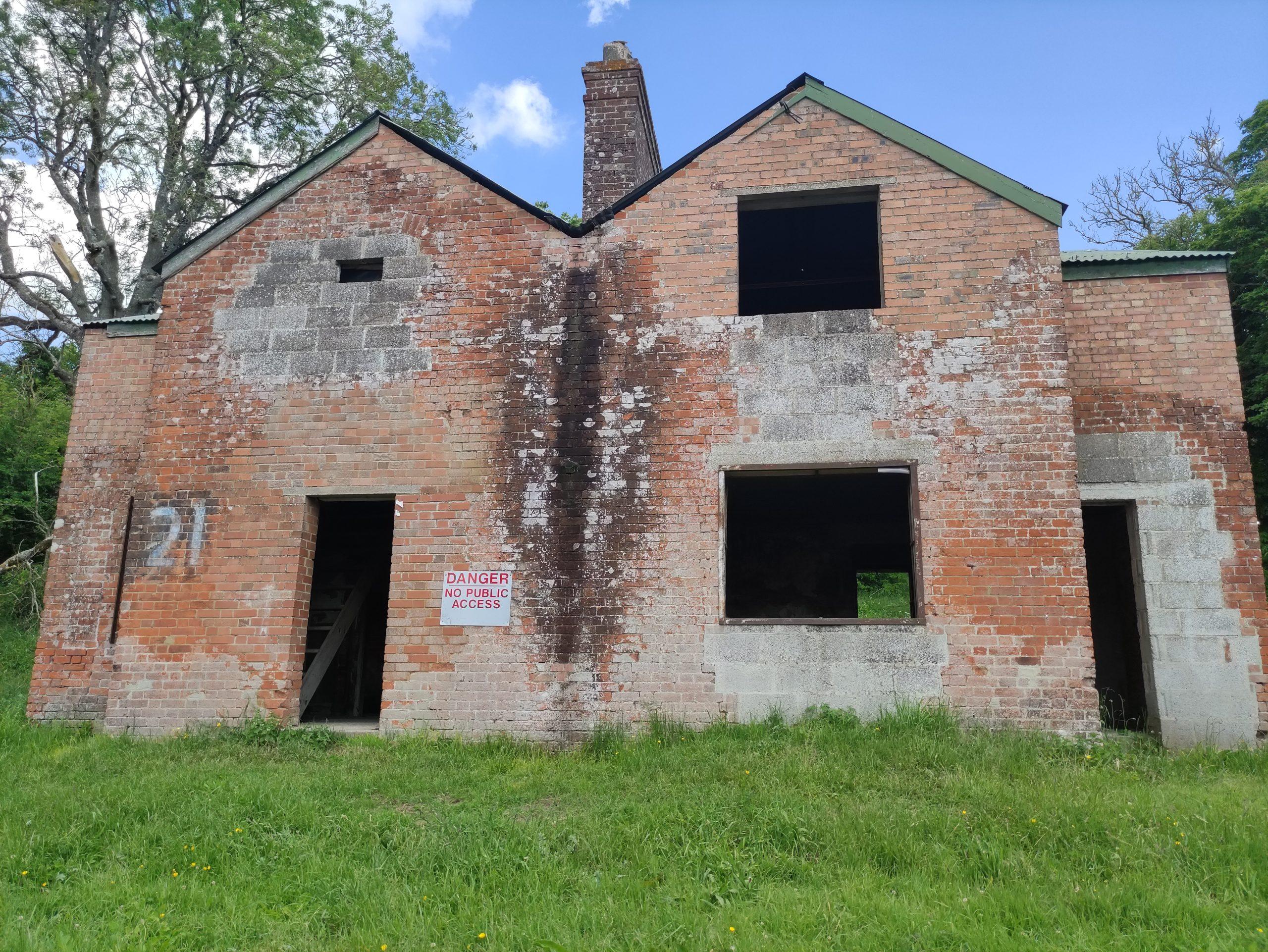
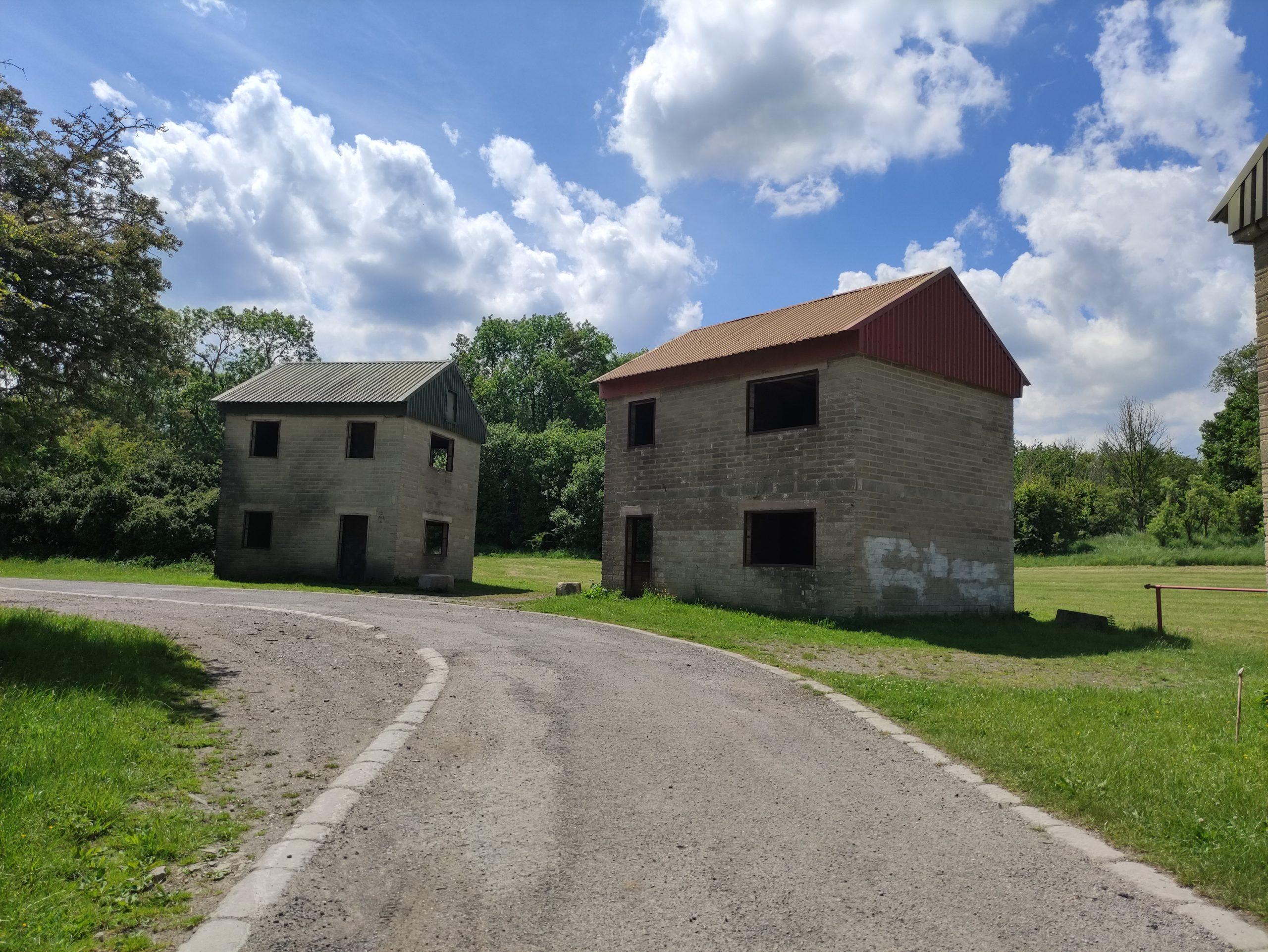
St Giles is the heart of Imber. It predates the Norman Conquest and was rebuilt 700 years ago. The church has a dedicated team who look after both the church and the village’s history. This is a great place to start your visit to Imber. For a small village, Imber definitely has a colourful history. In the 1300s, Imber completely avoided the Black Death. The residents definitely benefited from its rural location in the Medieval period but unfortunately this was the village’s downfall in the 20th Century.
From the church you have the option of borrowing an audio guide to take you around the village. The guide was created by a dramatic group and it was rather teatrical. However, it is a good way to find out information and hear snippets of stories from the people who lived in this space throughout the centuries. There are no information plaques around the village and so without the audio guide you might miss key details.

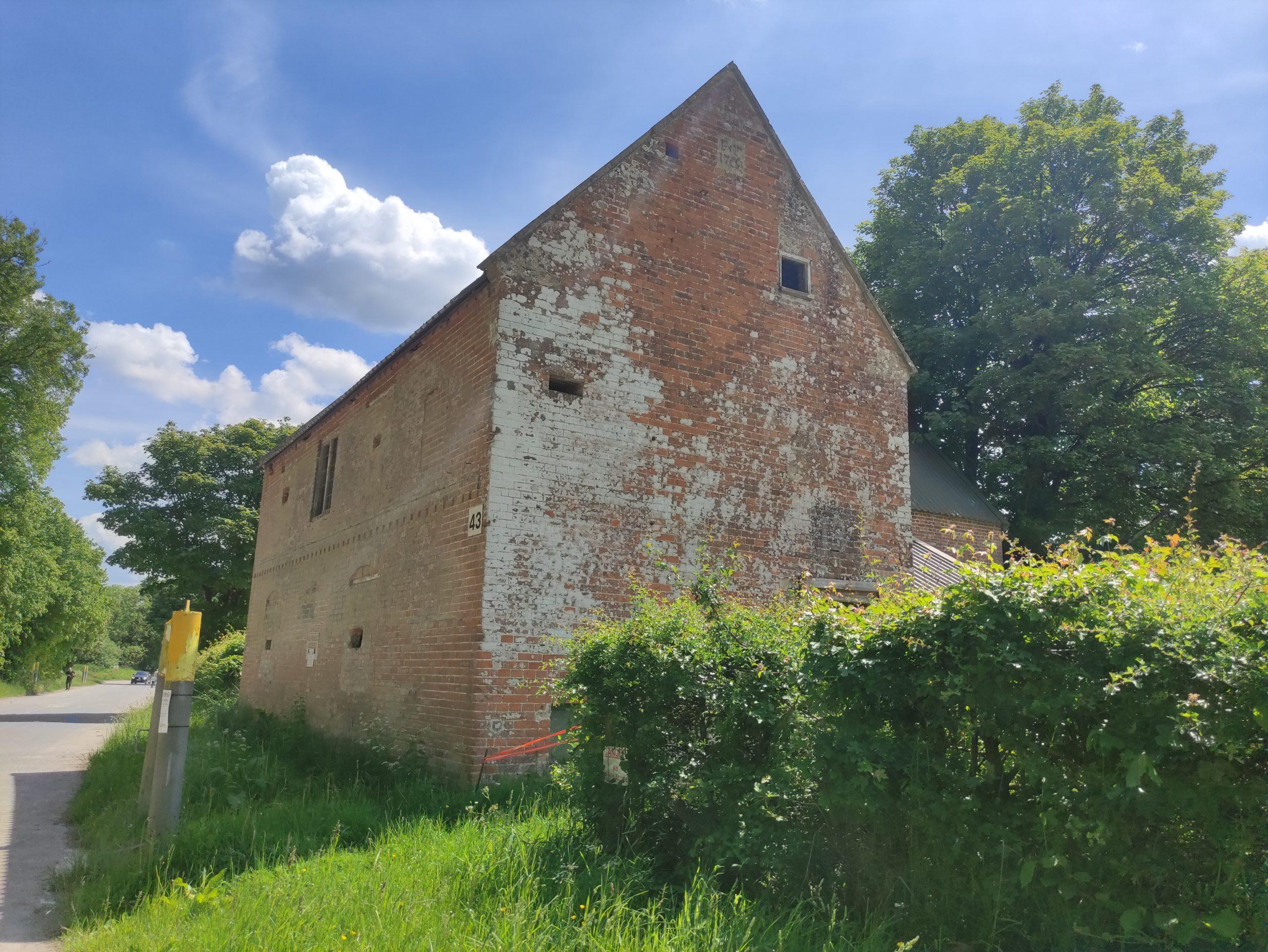
Some other highlights of Imber are the Bell Inn Pub, Imber Court and the row of council housing. The Bell Inn Pub served the locals from 1840 and the building dates back to 1769. Imber Court is the largest building in the village and in 1914 soldiers were billeted here for training. The military in 1938 built a row of 8 council houses. They are all uniform and none of them had a toilet and so they shared an outside latrine!
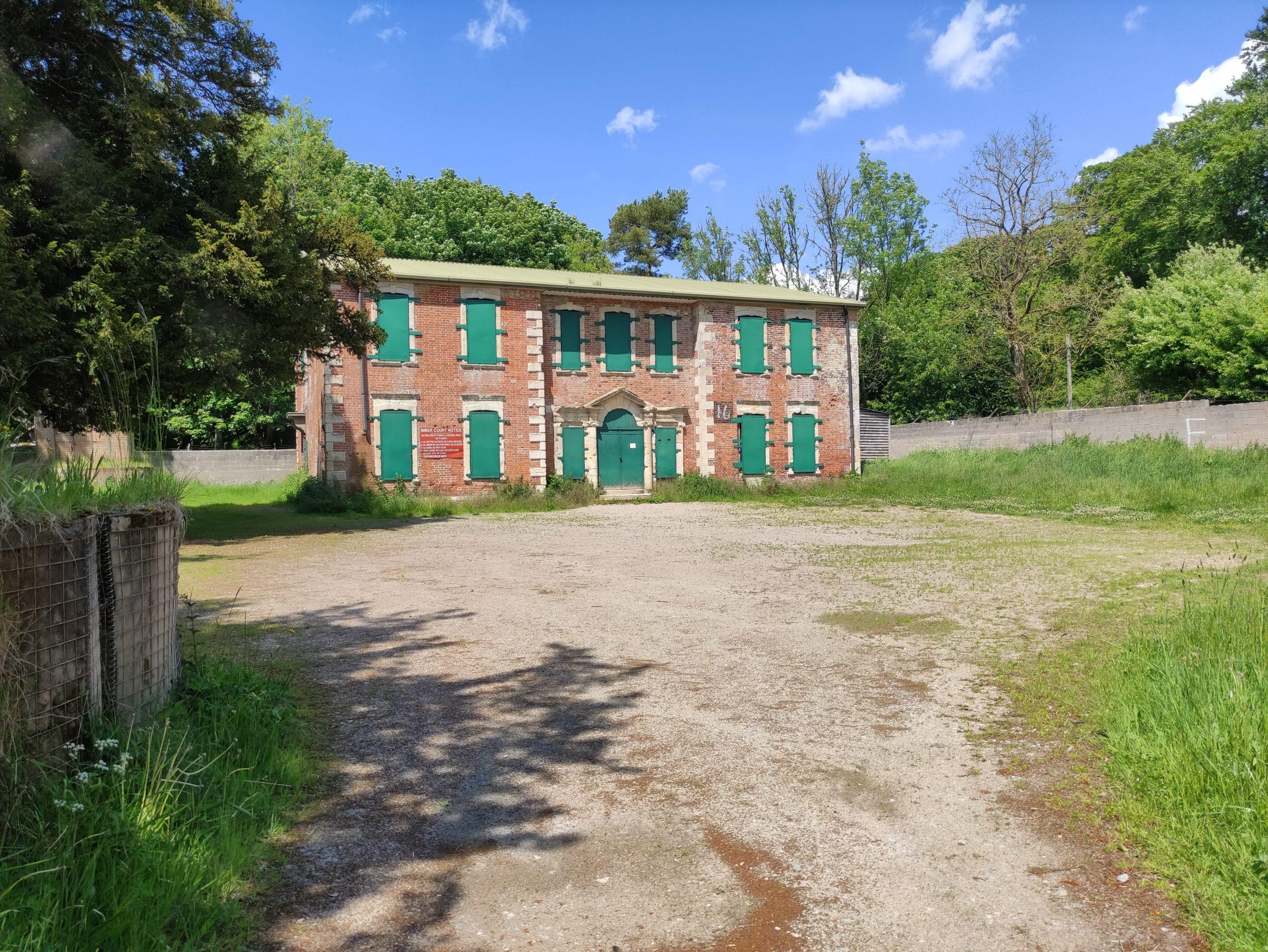

Imber is a really worthwhile visit for all members of the family. You really feel like you are stepping back in time and in some ways it is fantastic to be able to see a village left in the 1940s. However, its saddening to think about those who consider Imber their home and were never able to return. Many residents spent their whole lives fighting to return back to their homes and it’s such a shame that they can only return on certain days each year.
Last Updated on 22 October 2024 by Michael

